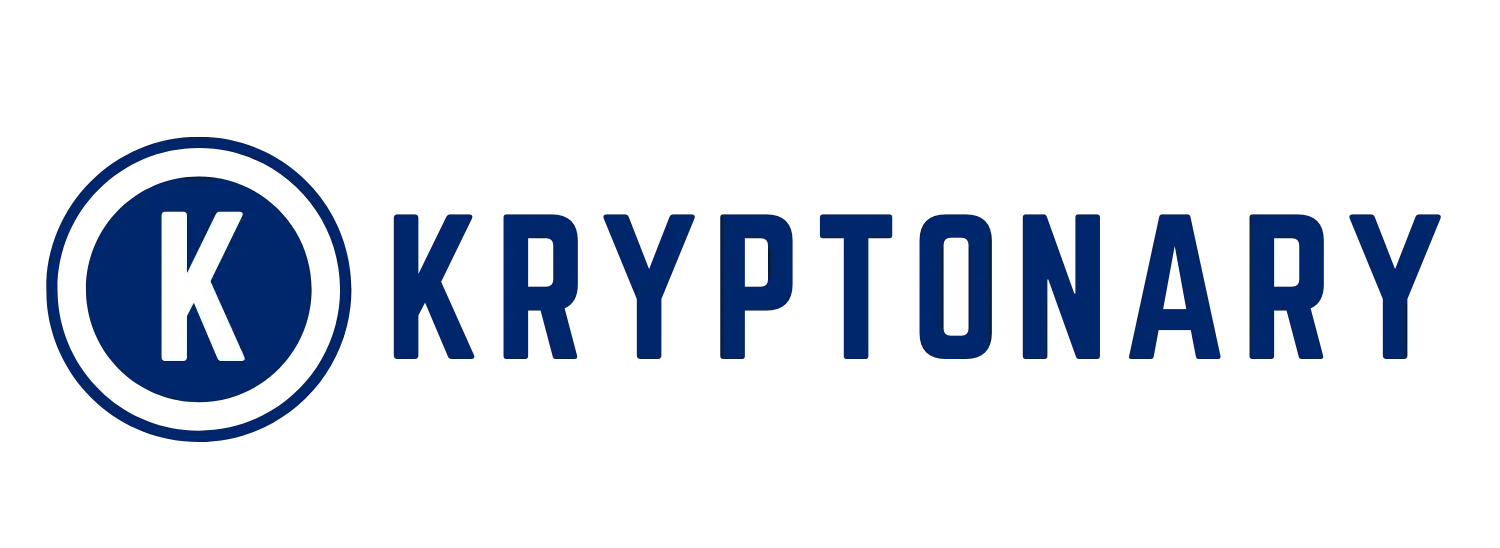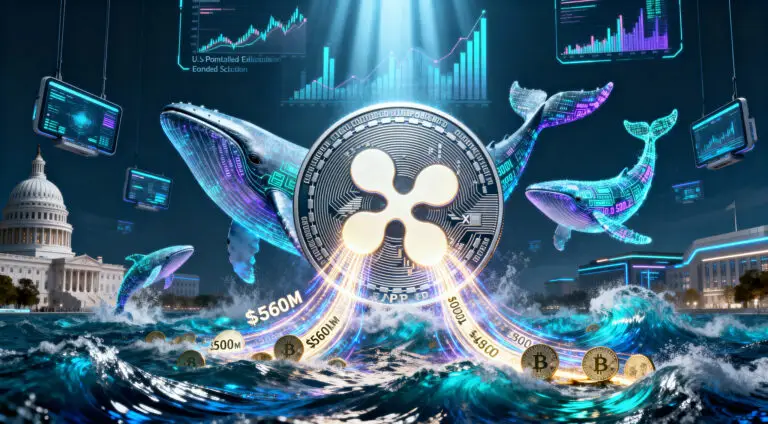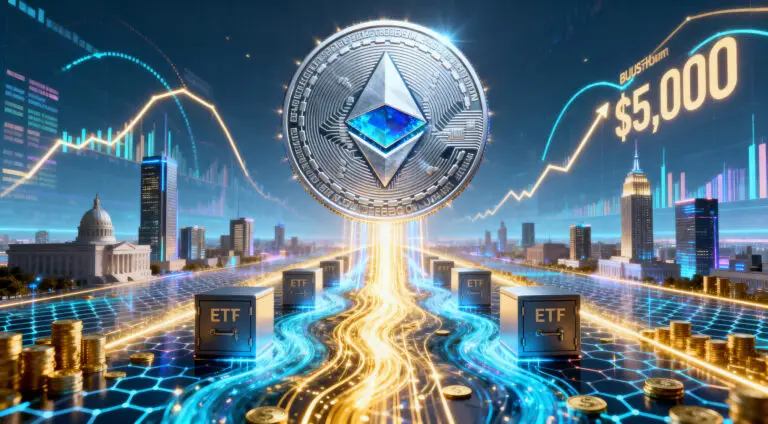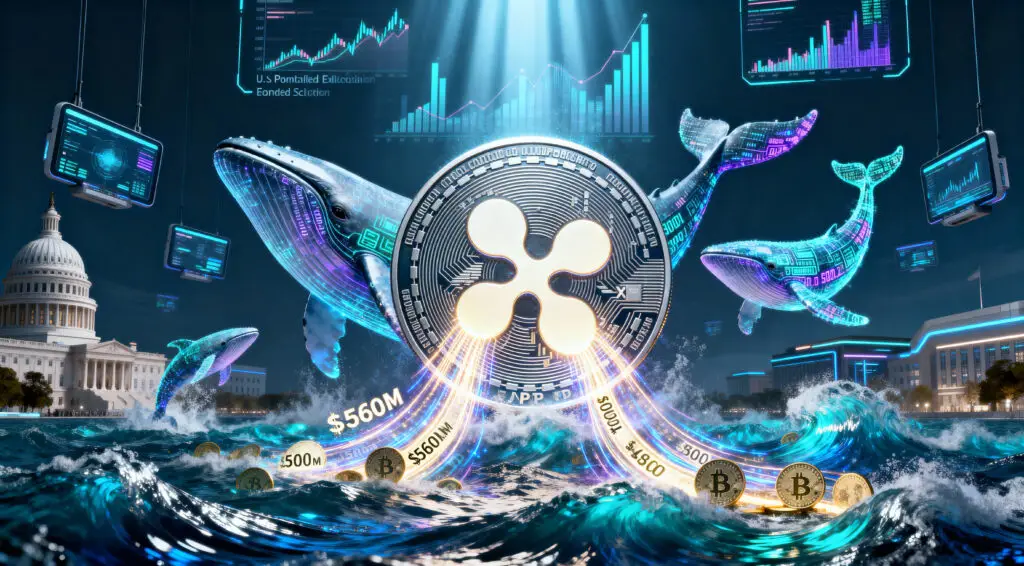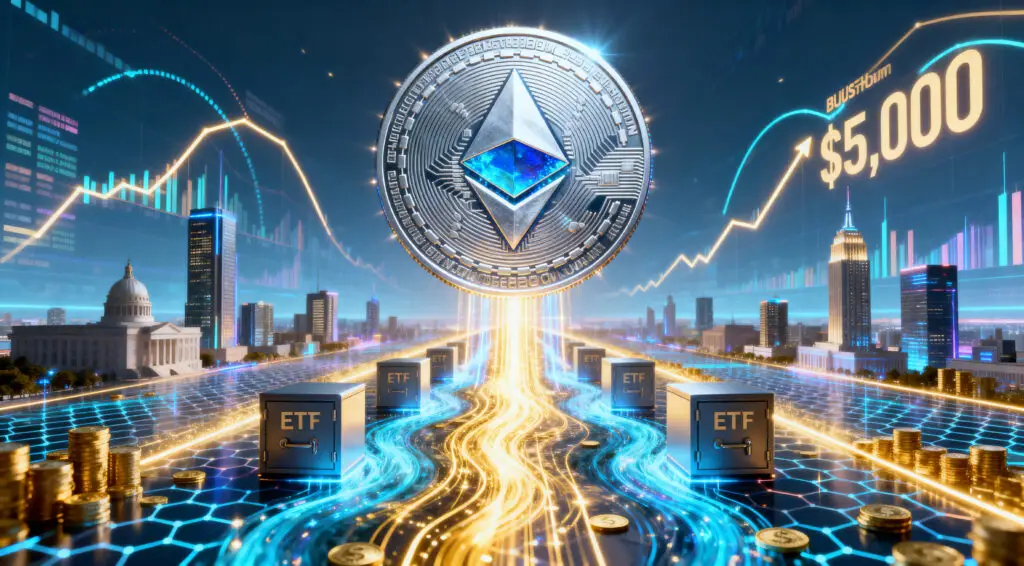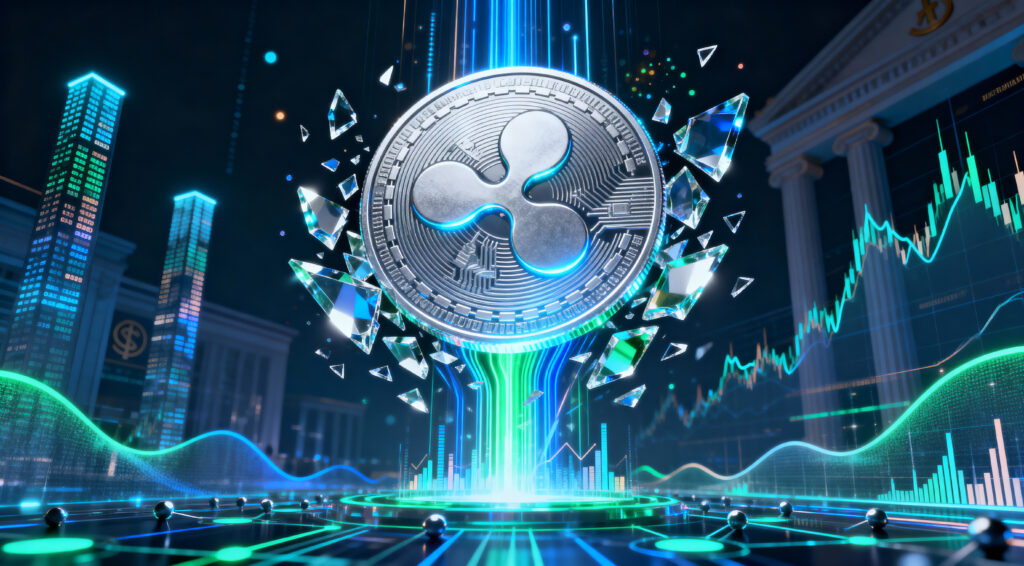As the 12-month U.S. inflation rate hovers at 2.7% as of June 2025—a rate that, while down from 2022 highs, still exceeds the Federal Reserve’s 2% target—investors are seeking assets that can hedge against the erosion of wealth. While Bitcoin (BTC), currently priced around $119,000, is a popular inflation hedge, its high price can be daunting. Cardano (ADA), trading at less than $1, presents an intriguing alternative, sharing a key economic similarity with Bitcoin.
Cardano’s Deflationary Structure: A Potential Inflation Hedge
The ability of a cryptocurrency to act as an inflation hedge largely depends on its tokenomics—specifically, whether it is inflationary or deflationary. Inflationary coins have a supply that increases over time, diluting value, while deflationary coins possess a fixed maximum supply, creating inherent scarcity that can drive value appreciation over time.
Like Bitcoin, which has a hard cap of 21 million coins, Cardano is a deflationary cryptocurrency. It has a fixed maximum supply of 45 billion ADA tokens. Despite its larger supply compared to Bitcoin, this firm cap ensures built-in scarcity, making it a potential hedge against inflation. With a market cap of approximately $30 billion, Cardano is currently among the top 10 cryptocurrencies by size, suggesting its established presence and potential for growth within the digital asset space.
Past Strengths and Current Challenges
Cardano, a blockchain with smart contract capabilities, initially gained popularity around 2021 for its energy-efficient proof-of-stake (PoS) consensus system. At the time, this distinguished it from Bitcoin’s proof-of-work (PoW) and Ethereum’s then-PoW system, earning Cardano a reputation as a “green cryptocurrency.” Its methodical, peer-reviewed development process also set it apart from the faster-paced development of some competitors. These unique attributes helped ADA surge by 1,520% in 2021, reaching an all-time high of $3.10 by September 2.
However, the landscape has shifted dramatically. Proof-of-stake is no longer a unique competitive advantage for Cardano, as Ethereum has successfully transitioned to PoS, and numerous other major cryptocurrencies like Solana, BNB, and Tron also utilise this method. This has diluted Cardano’s “green” appeal and its distinctiveness. Furthermore, its peer-review process, while promoting security, has arguably led to slower development compared to competitors. This is reflected in Cardano’s relatively low Total Value Locked (TVL) on its smart contracts, which stands at $388 million, placing it outside the top 20, significantly behind Ethereum ($98 billion) and Solana ($10 billion). This indicates a struggle to attract and retain users and developers to its decentralised finance (DeFi) ecosystem.
Recent Developments and Investment Outlook
Despite these challenges, Cardano has shown recent signs of life and is making interesting moves. It launched its Voltaire upgrade last September, introducing a voting system to decentralise governance and potentially speed up development. Its Layer-2 scaling solution, Hydra, aims to improve performance by processing transactions off-chain. Additionally, Cardano plans to launch Midnight, a privacy-focused sidechain designed to protect commercial and personal data, in November. Over the past year, ADA has seen a respectable 96% gain.
The fact that Cardano remains deflationary provides it with an inherent scarcity that many of its competitors, such as Ethereum and Solana (which have no maximum supply), do not possess. However, given its current position, many analysts, including those from The Motley Fool, advise caution. While acknowledging its potential and holding ADA in their portfolios, they recommend that new investors consider Cardano a “hold” rather than a “buy” for now. A more compelling investment case would require a sustained period of positive developments and a significant increase in user adoption within its ecosystem to truly compete with the larger, more rapidly expanding blockchains.
